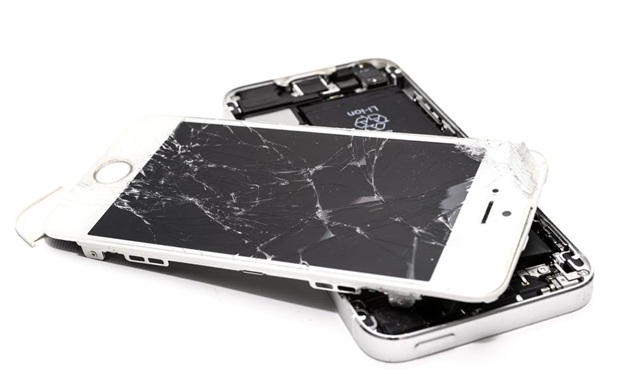Many of us have old electronics cluttering up our homes and we must dispose of them correctly. Many electrical items contain toxic elements and batteries that cannot be thrown into the garbage or placed in a landfill. In addition, other electrical items particularly computer equipment, have data stored that we want to look after. Take a hard drive, for example, we do not want this with all of its stored data to land up in the wrong hands, thus it is best to opt for professional hard drive destruction services. This will ensure that drives are wiped, overwriting software is used, and drives are shredded and crushed, as required to meet regulations. There are strict regulations about how to dispose of electronic waste and there can be heavy penalties if you break the rules.
In this article, we will explain the 4 basic steps of how to dispose of electronic waste.
How to Dispose of Electronic Waste
1. Donate Unwanted Electronics
Just because you don’t want or need your electronic item anymore doesn’t mean that it is no good. More and more people buy the latest iPhone every time a new one is released, even though their old phone works perfectly still. If your old electronics are still in good working order and are only a few years old then you should consider donating them rather than trying to throw them away. If you are intending to donate an old phone or computer, then make sure you delete all of your data first as a hacker may be able to access your sensitive personal information. Make sure you do a full factory reset to keep your data safe. You can donate unwanted electronics to local charity shops or to non-profit organizations and charities that distribute electronics to people in developing countries
2. Recycle Electronics
If your unwanted electronics are not in good working order or are too old to donate, you can recycle them at a special electronics recycling center. You can find your closest E-Cycling center with a quick online search. These recycling centers have special licenses that permit them to recycle old electronic devices and appliances safely. Electronics contain many chemicals which, if burned or placed into a landfill can cause serious damage to the environment and can poison the ground and water supplies. Certified e-recycling centers retain all the metals and other components that can be reused without releasing any of the toxins into the environment.
3. Exchange Unwanted Electronics With The Manufacturer Or An Electronics Store
Because disposing of electronic waste is so hazardous, many electronics manufacturers practice a part exchange policy where they will give you the newest model of their product at a discounted price if you return the old model. Contact the manufacturer directly and ask them about their take-back programs. Even if they do not offer any part-exchange deal, many manufacturers will recycle the device on your behalf and will have relationships with recycling centers to do so safely. If the manufacturer will not receive your old electronics, contact local electronics stores, or search online to find a service that will. You may need to pay a small fee for the service but it is usually just a few dollars.
Electronics are a vital part of our lives these days and many of us would be lost without the conveniences they offer us. With so many electrical devices being used, however, electronic waste is becoming a big issue and it is vitally important to dispose of it correctly to protect the environment. If you have any electronic devices that you don’t want or that no longer work, follow this easy guide to disposing of them safely.
